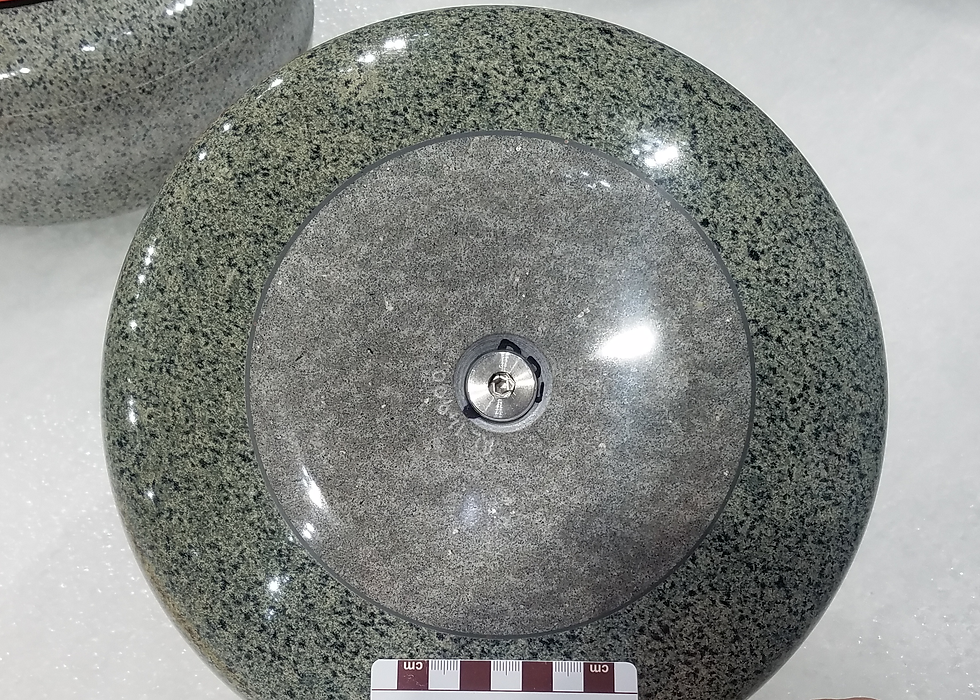Taking Rocks for Granite: The Publication!
- Derek Leung

- Mar 14, 2022
- 1 min read
Updated: Aug 16, 2022

My paper on the geological, mineralogical, and textural properties of curling stones is available for the general public (for a limited time) on the Mineralogical Association of Canada's website: https://www.mineralogicalassociation.ca/taking-rocks-for-granite/
Curling stones used in international competition are only sourced from two places in the world: Ailsa Craig, Firth of Clyde, Scotland and Trefor, Llŷn Peninsula, North Wales. It has long been romanticized that these rocks are special, but is it true? In the first study of its kind since 1890, we challenge this paradigm by using modern analytical techniques to answer questions in terms of (1) the features common to all curling stones; (2) differentiating between the rocks used for running bands and striking bands; and (3) evaluating whether quartz is undesirable in curling stones, given that it has traditionally been considered to be poor for curling stones. The paper is currently in press and will be published in The Canadian Mineralogist 60(1). Access the full paper here: https://www.mineralogicalassociation.ca/taking-rocks-for-granite/
Edit: The paper is no longer accessible on the Mineralogical Association of Canada's website but can be found on ResearchGate: https://www.researchgate.net/publication/359407783_Taking_Rocks_for_Granite_An_Integrated_Geological_Mineralogical_and_Textural_Study_of_Curling_Stones_Used_in_International_Competition

Comments